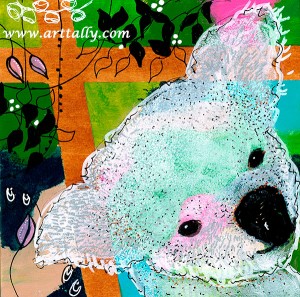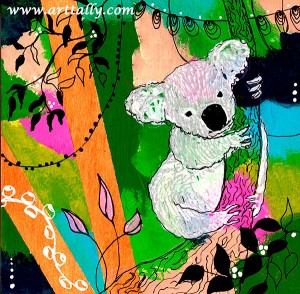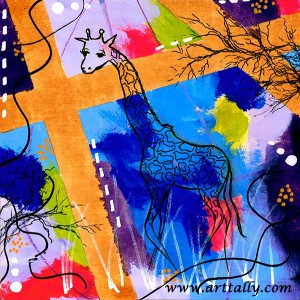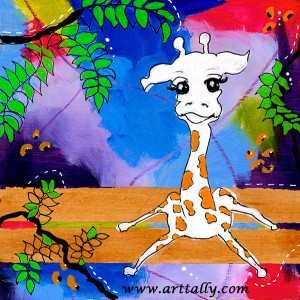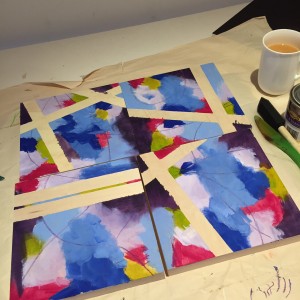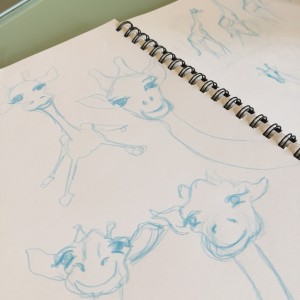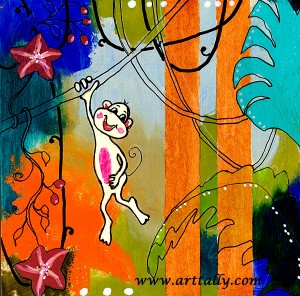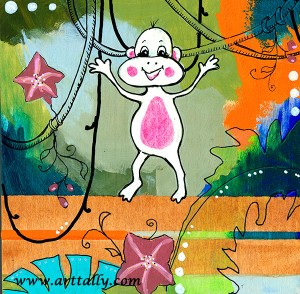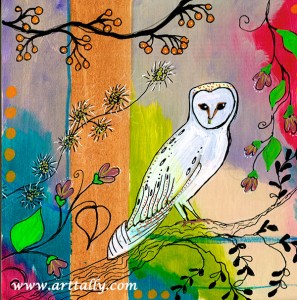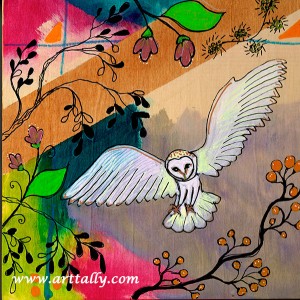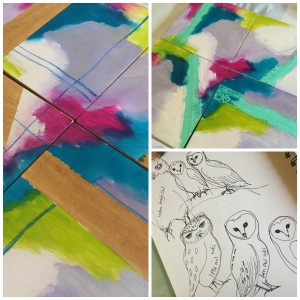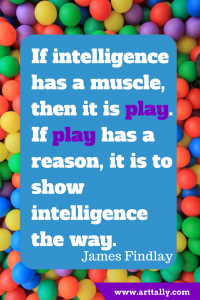 The importance of play
The importance of play
Quite a few years ago I was in the middle of a very long study programme. I was working. I had two small children. Every minute of my day seemed scripted. It also seemed to be mostly for satisfying other people’s needs. Then, seemingly out of the blue, I got it into my head that I wanted to learn the piano. I had never played an instrument before. I didn't have a piano. And I was very busy doing other ‘important’ things. But for some reason I heeded the call. I hired a digital piano, bought myself an online piano course and started to learn.
I’m so glad I did - despite that little voice in my head that kept saying
What are you doing?
This is so silly…
Isn't it a waste of money?
You really don't have time for these needless things…
But that was just the point. I needed exactly that. Something needless. Something just for me, that didn't really matter. I could be good at it or bad at it. Do it often or seldom. It was just for fun. I wanted to play.
What is play?
In his TED talk, Dr Stuart Brown used the word needless to explain what play is. He describes play as an activity that is more about process than outcome, that is done purely for enjoyment. He also says the opposite of play is depression. Play is vital.
Play is not just something children do in preparation for adulthood but a biological process necessary in all phases of life. Neuroscientists have worked out that play lights up our brains - there is even an entire scholarly journal dedicated to it, The American Journal of Play!
We all need to make time in each day for a bit of fun - a chance to play, even adults. In fact, I want to say, especially adults. Everyone agrees fun and play is important for children but we tend to overlook these things in adulthood. It was in watching my small child drawing that I realised grown ups need to play too - in fact that is what started my art journey.
Art is play
For me, art is play. According to the National Institute for Play, there are seven types of play:
- attunement play
- body play and movement
- object play
- social play
- imaginative and pretend play
- story telling and narrative play
- creative play.
Making art encompasses several of these. Artists work with their hands, manipulating objects such as pens, brushes, clay, paper. Working with our hands (object play) has been identified as an important way in which our brains develop problem solving abilities
Making art is a chance to escape into a fantasy world for a brief time, satisfying our need for self expression and developing the neural pathways required for innovative thinking (creative play).
Anyone who has every kept an art journal will be in no doubt that this process helps us to explain, describe and make sense of our world. This is what story-telling and narrative play is all about.
Daily play
Dr Dan Seigel recommends dividing our time between seven essential mental activities every day, for optimum health:
- sleep time
- physical time
- focus time
- down time
- time in
- play time
- connecting time
These things make up what he describes as our healthy daily platter - the mental equivalent of healthy food plate. Alongside things like sleeping, working and exercising we should be consciously setting aside play time.
How funny it is that once we become adults we need to be told to go and have some fun every day…
“Play is the gateway to vitality.
By its nature it is uniquely and intrinsically rewarding. It generates optimism, seeks out novelty, makes perseverance fun, leads to mastery, gives the immune system a bounce, fosters empathy and promotes a sense of belonging and community.” National Institute For Play
So what are you going to play at today?
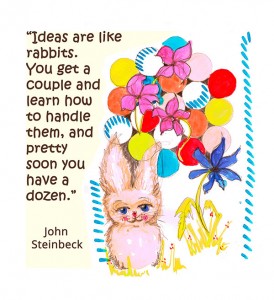 One of the questions people often ask authors is, 'where do you get your ideas?'
One of the questions people often ask authors is, 'where do you get your ideas?'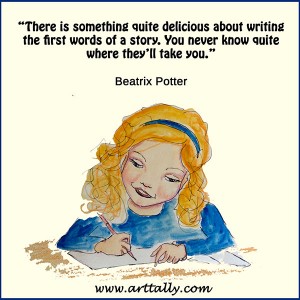
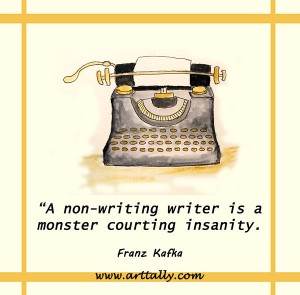
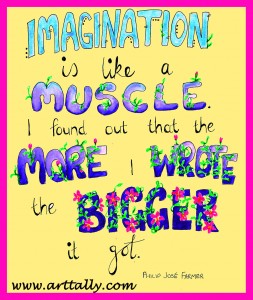
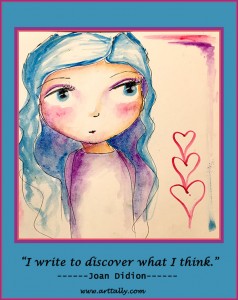
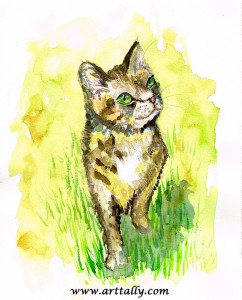
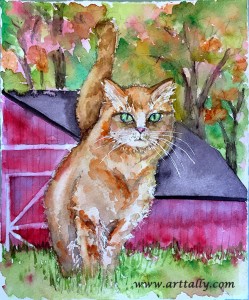
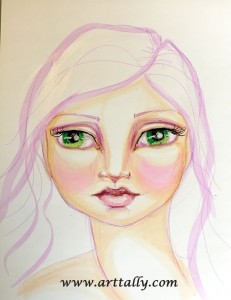
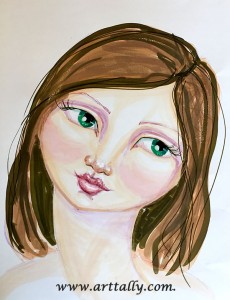
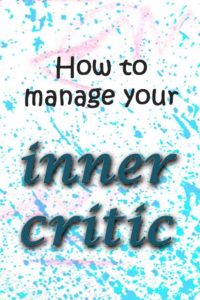 The inner critic is a defense mechanism. Her aim is to reduce our risk. To prevent us from being judged by others, and possibly hurt in the process. However, despite these good intentions, sometimes she succeeds only in strangling the muse, and any motivation to act on any creative urge.
The inner critic is a defense mechanism. Her aim is to reduce our risk. To prevent us from being judged by others, and possibly hurt in the process. However, despite these good intentions, sometimes she succeeds only in strangling the muse, and any motivation to act on any creative urge.


